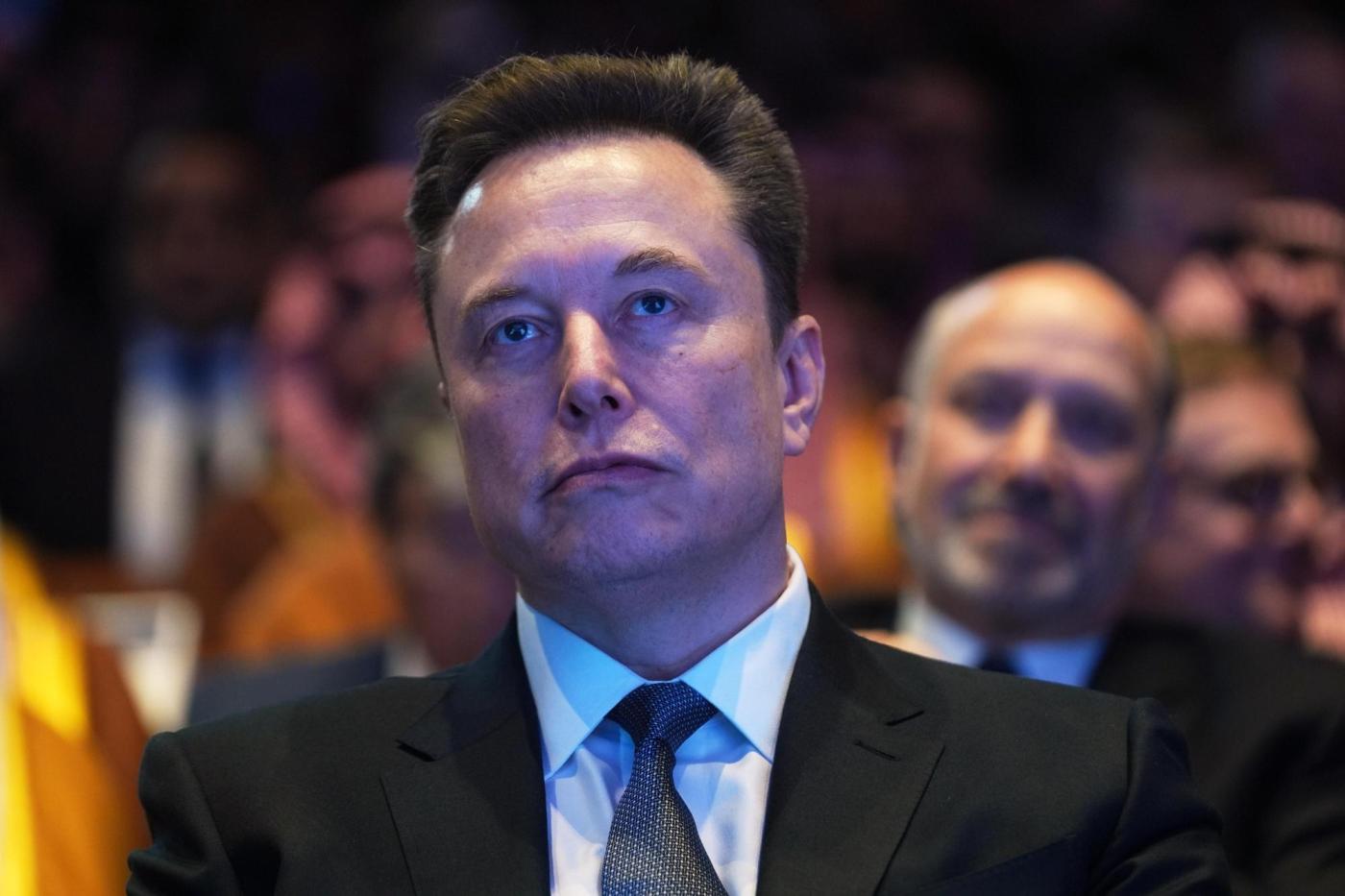Car Buyers Face Surprise $2,600 Surcharge Amid Rising Prices

The average price for a new car in the United States surpassed $50,000 for the first time in history in October 2023. This milestone reflects not only inflationary pressures but also a significant hidden cost that many buyers are unaware of. A non-negotiable surcharge of approximately $2,600 has emerged, creating concern among consumers who are demanding greater transparency from automakers, including major players like Ford.
This surcharge is often omitted from the advertised prices of both budget and luxury vehicles, leading to confusion for potential buyers. Many consumers have expressed frustration over the lack of clarity regarding these additional costs, which can significantly impact their purchasing decisions. The fee has become a focal point in discussions about fairness and transparency in the automotive market.
According to data from Consumer Reports, the surge in prices is attributed to a combination of factors, including supply chain disruptions and increased demand. The non-negotiable nature of this surcharge means that buyers must grapple with higher overall costs than initially expected. This has left many feeling misled, as they may only discover the full expense during the financing process.
Rising Costs and Consumer Reactions
The automotive industry has faced numerous challenges over the past year, resulting in a sharp increase in vehicle prices. The average cost of a new car rose by nearly 25% since 2020, leading to a growing sense of urgency among buyers. As they navigate this evolving landscape, customers are increasingly vocal about their desire for clearer pricing structures.
Many consumers are now turning to social media and online forums to share their experiences and seek advice. Some have called for changes in how dealerships present pricing information, advocating for greater transparency. The sentiment is echoed by various consumer advocacy groups, urging automakers to disclose all fees upfront.
This situation has prompted a response from automakers. Some companies are beginning to revise their pricing strategies, with a focus on providing clearer information about potential fees. However, the implementation of these changes remains inconsistent across the industry, leaving buyers to sift through varying degrees of transparency.
Implications for the Automotive Market
The introduction of this surcharge could have long-term implications for the automotive market. As more consumers become aware of these hidden costs, it may influence their purchasing decisions. Buyers may opt for fewer new vehicle purchases or delay their purchases altogether, which could have a ripple effect on sales for automakers.
Industry analysts suggest that a sustained increase in vehicle prices, coupled with growing consumer dissatisfaction, could lead to a shift in market dynamics. Automakers who prioritize transparency and consumer trust may gain a competitive edge, while those who do not may find themselves facing declining sales.
The automotive industry must navigate this complex landscape as it strives to balance profitability with consumer expectations. As buyers continue to advocate for clarity and fairness in pricing, the pressure on manufacturers to adapt their practices is likely to intensify.
In conclusion, the emergence of a $2,600 surcharge in the automotive market underscores the need for transparency. As the average price of new cars continues to climb, consumers are increasingly demanding straightforward pricing structures. The outcome of this situation may shape not only the current market but also the future of car buying in the United States and beyond.






